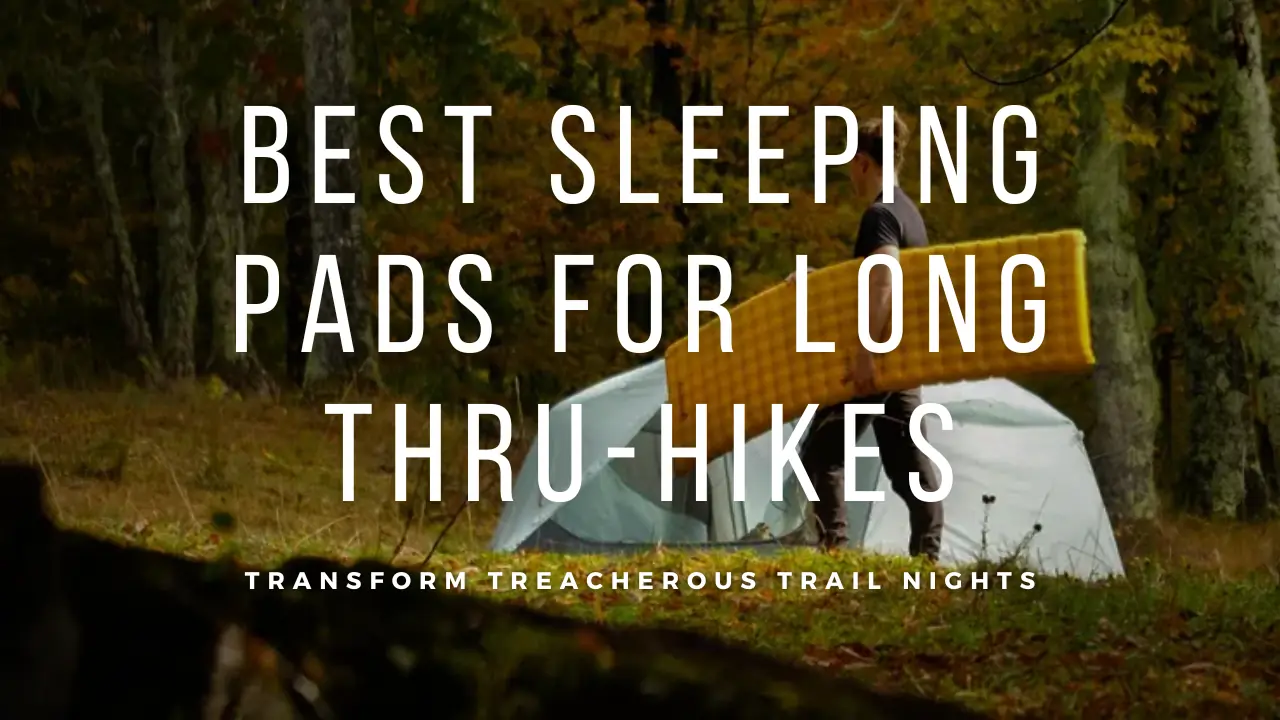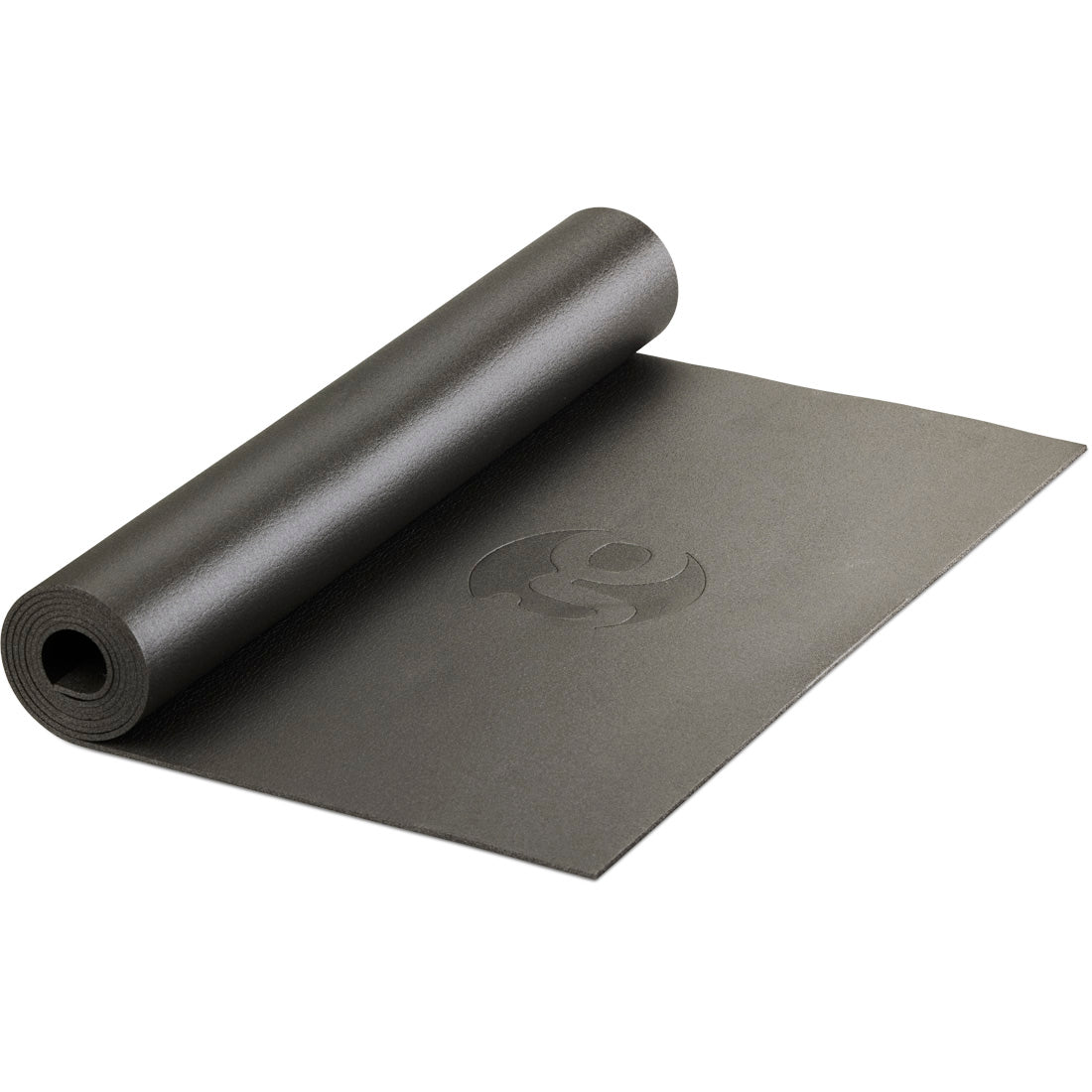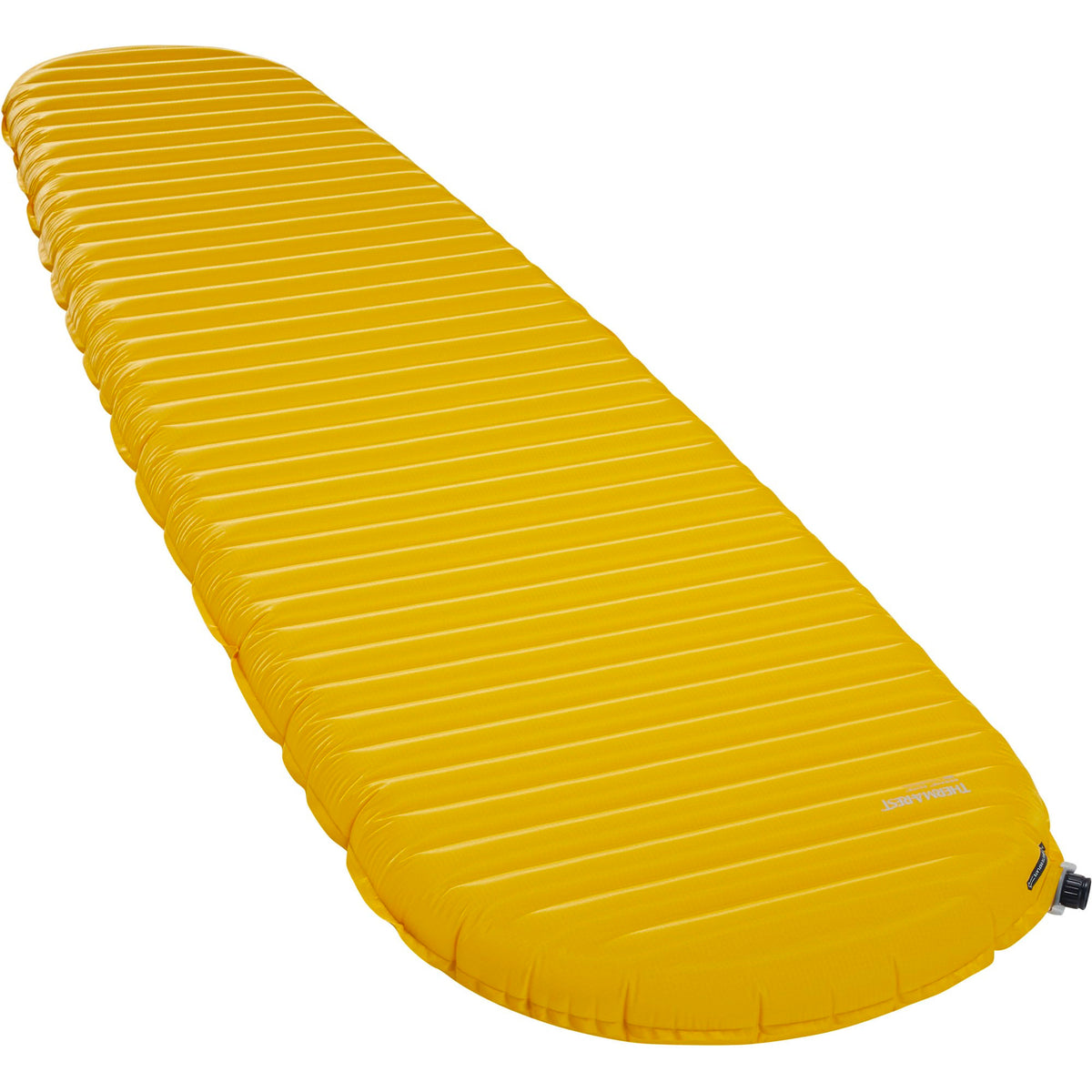Are you looking for the perfect sleeping pad for your thru-hike? Are you wondering how to select a pad that will keep you comfortable during the night?
Since thru-hikes tend to occur in the three-season range, most will prefer an R-value of 3.0-3.5. Verify its legitimate value by looking for the ASTM logo, which is professionally measured.
Should you know that you are planning on traveling high into colder areas or you sleep colder by default, you should instead look to a winter R-Value that will be over a 5.0.
If so, then this blog post is for you! I'll discuss what R-value should be used when selecting a sleeping pad, as well as other factors to consider.
Sleeping Pad R-Value 101
The sleeping pad R-value measures how well a material can resist heat transfer to the ground.
It is the insulation that keeps you warm while you sleep outdoors and is often the most essential factor to consider when choosing a sleeping pad.
The higher the R-value, the more insulation from the ground the sleeping pad will provide, and the better it will keep you warm.
Generally speaking, when backpacking in cold weather, you should look for a sleeping pad with an R-value of over 5+. Pads like the NeoAir X-Therm can provide amazing value here.
We have a large comparison of sleeping pads if you want to compare many head to head, we have searchable fields for R-Value, cost, width, and more.
How R-Value Affects Heat Flow Through a Sleeping Pad
The R-Value of a sleeping pad is also important regarding heat flow. A higher R-value helps to reduce the rate at which heat is transferred from one side of the pad to the other.
In this way, a higher R-Value sleeping pad can help you stay warmer in cold temperatures. The ASTM standard for sleeping pads requires that the R-value of the pad is independently tested and not a "we feel like" score.
Many think that they are losing heat to the air outside, but the truth is most sleep colder due to body warmth sucked from you directly into the ground itself!

R-Value Range for Backpacking Pads
Regarding sleeping pads, the range of R-values can vary greatly. Generally speaking, sleeping pads for backpacking will come with R-values ranging from 1 to 7, with thicker and more high-tech insulations or build creeping up towards 7+.
The higher the R-value, the more thermally resistant the material or structure is, meaning that sleeping bags with an R-value of 2 are great for lightweight backpacking and summer camping but may not provide enough insulation for cooler trips.
Knowing what R-value you need for your specific situation will help you choose the best sleeping pad for your needs.

What is the Recommended R-Value for Winter Camping and Backpacking
When it comes to winter camping and backpacking, it is crucial to choose a sleeping pad that has an R-value of 5 or higher.
This will provide the necessary insulation and warmth to stay comfortable during these colder months.
For three-season backpacking, an R-value of 3 or higher is usually recommended.
It is important to note that a sleeping pad's R-value measures its capacity to resist heat flow through it, so the higher the R-value, the better it will provide adequate insulation.
Additionally, different types of sleeping pads offer different ranges of R-values. For example, air pads tend to have a broader range of R-values than foam pads, so consider this when choosing the right sleeping pad for your needs.
How to Choose the Right Sleeping Pad
Choosing the right sleeping pad is essential to stay comfortable while backpacking. Knowing the R-value of a sleeping pad is one of the most important factors when choosing one.
The higher the R-value, the better insulation from the ground. To find the right sleeping pad for your needs, you should consider different types of sleeping pads and their associated R-values, as well as factors such as portability, weight, and durability.
Additionally, it's essential to know how to maintain a high R-value on your sleeping pad, avoiding breathing directly into the sleeping bag and introducing humidity and eventually mold growth, for example.
Factors to Consider When Choosing a Sleeping Pad
When selecting a sleeping pad, consider other factors besides the R-value.
Things like weight and packed size are important considerations when you will be carrying the sleeping pad for months on end and need to fit it inside a backpack daily.
You may want to select a pad that packs down small and is lightweight enough to carry comfortably with a lower R-Value over a heavier, higher R-Value.
Comfort is also an important factor to consider when choosing a sleeping pad, and you want to choose one that is comfortable for your body type and sleeping style (like side sleeping).
Lastly, consider the durability of the sleeping pad – choose one made from a high-quality material that will last for at least six months of constant daily use, and make sure you don't cheap out on your sleep system.
How to Increase the R-Value on Your Sleeping Pad

If you want to stretch or increase the R-value on your sleeping pad, there are a few options.
The most common you will see in recent years is adding a second foam pad, like the Gossamer Gear 1/8th inch pad under your main sleeping pad. This gives your system about a .5 bump in R-value for a lightweight multi-use gear item.

Another simple and lightweight method is to use a mylar blanket, which can be placed on the underside of the pad to provide additional insulation. The issue here is that added crinkle and noise may disturb your and others' sleep.
Finally, it's important to keep your sleeping pad clean and free of dirt and debris, as this can reduce its overall R-value by causing deflation or poor functionality.
The Benefits of Having a High R-Value Sleeping Pad
Having a high R-value sleeping pad offers many benefits for a thru-hiker as it will always provide ample heat insulation from the ground while also staying prepared for cold snaps or unintended problems.
With today's amazing manufacturing, there are pads like what I own, the Thermarest NeoAir X-Therm NXT, which are incredibly light while also providing insulation for treks that head into snow and mountains and equally perform at low elevations.

Additionally, it resists moisture, preventing you from getting wet during the night, and is durable enough to last for years of use. With a sleeping pad with a high R-value and a properly matched backpacking quilt, you can enjoy a comfortable night's sleep in any season.
Bringing It All Together: Choosing Your Perfect Sleeping Pad

When you choose to be a ground dweller using a tent or tarp, you must have a sleeping pad. Whether you choose an air pad, like most or not, you must stay protected from heat loss to the ground.
I sleep warm, so I can typically use a lower rated R-Value and still feel warm all night, whereas my wife and my daughter sleep VERY cold and need exceptional cold protection even in Spring and Fall.
Choosing this, there is no one "right" answer but more an understanding of the season you are traveling in, your ability to generate heat, and the backpacking quilt or sleeping bag you have over yourself.
This pairing of all three points will help you get the perfect pad to provide the exceptional sleep warmth you require. Skimping out or not understanding one of them can lead to less recuperative sleep.










